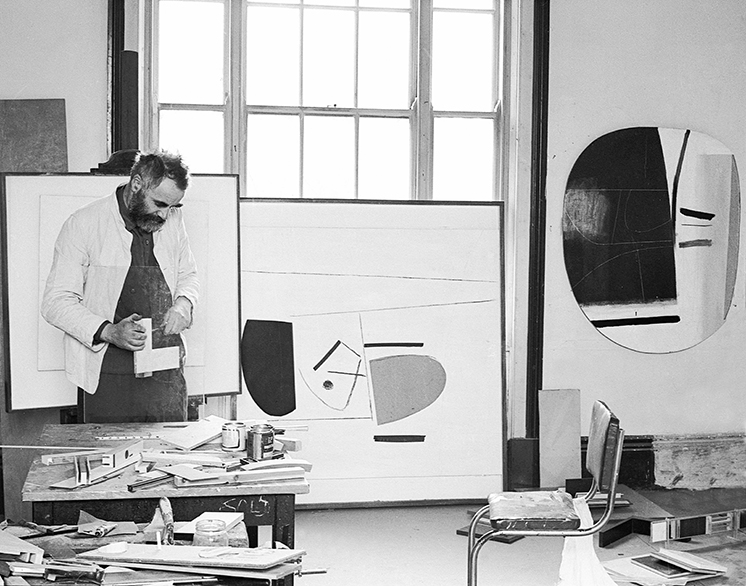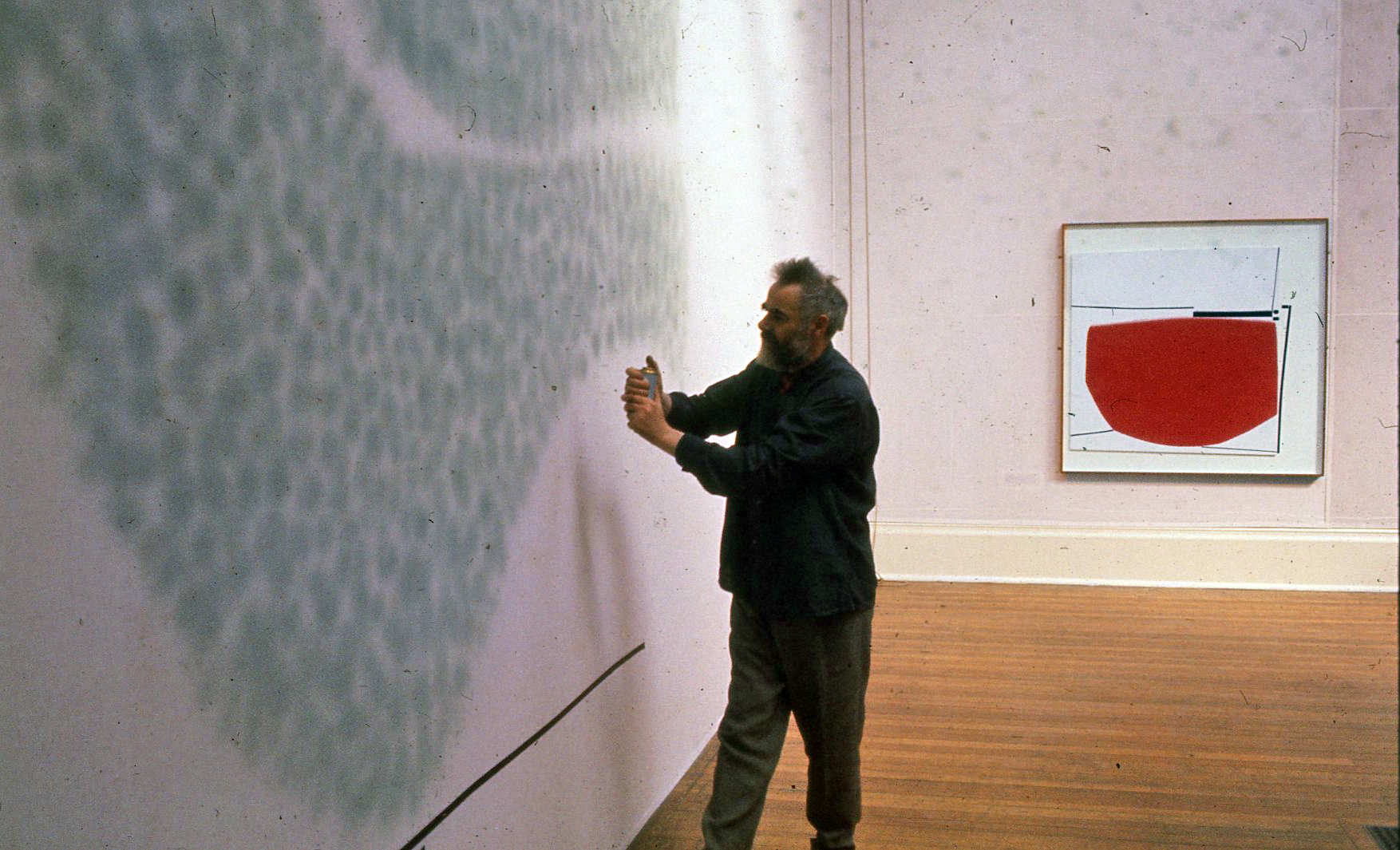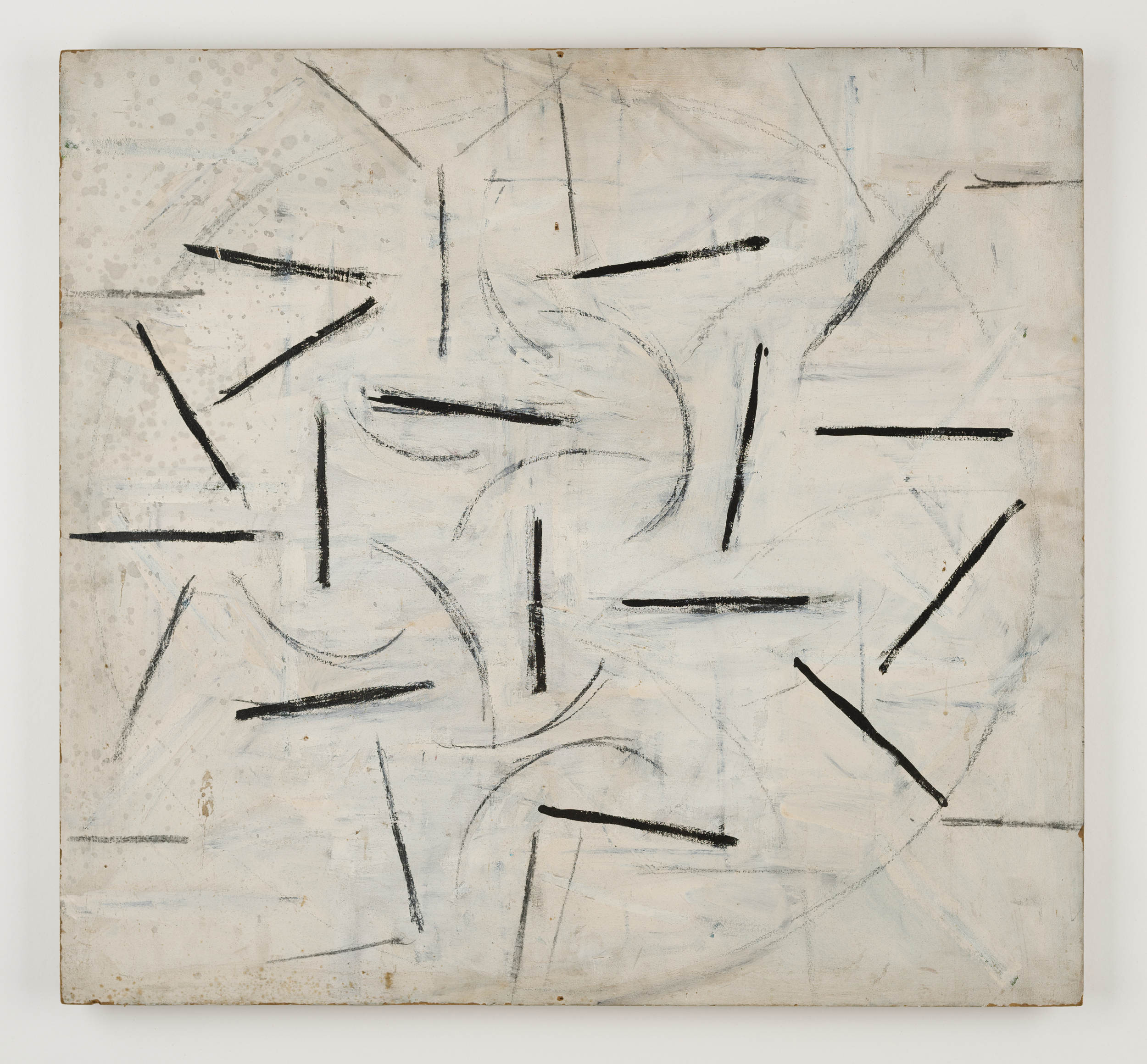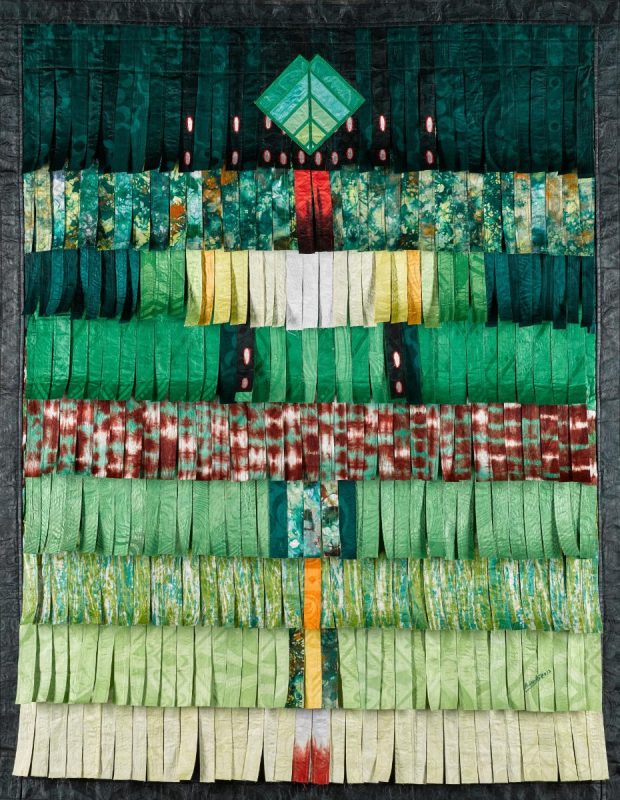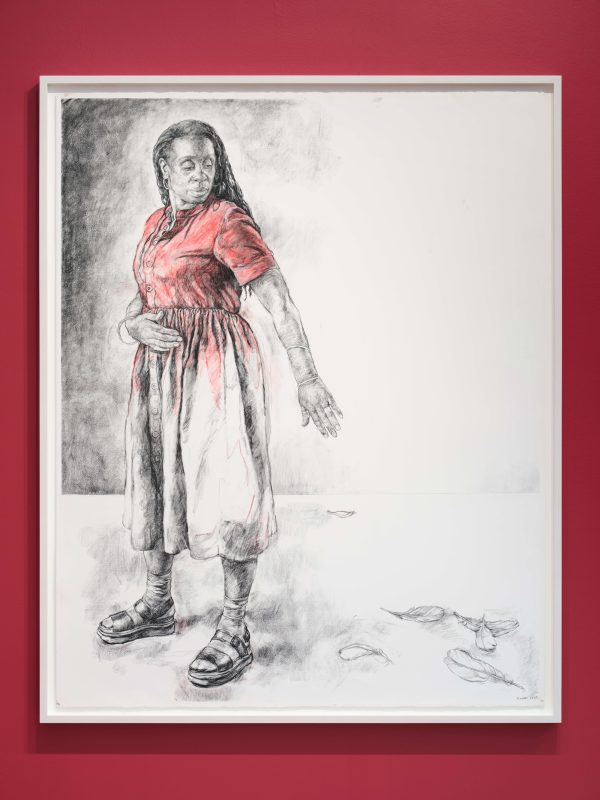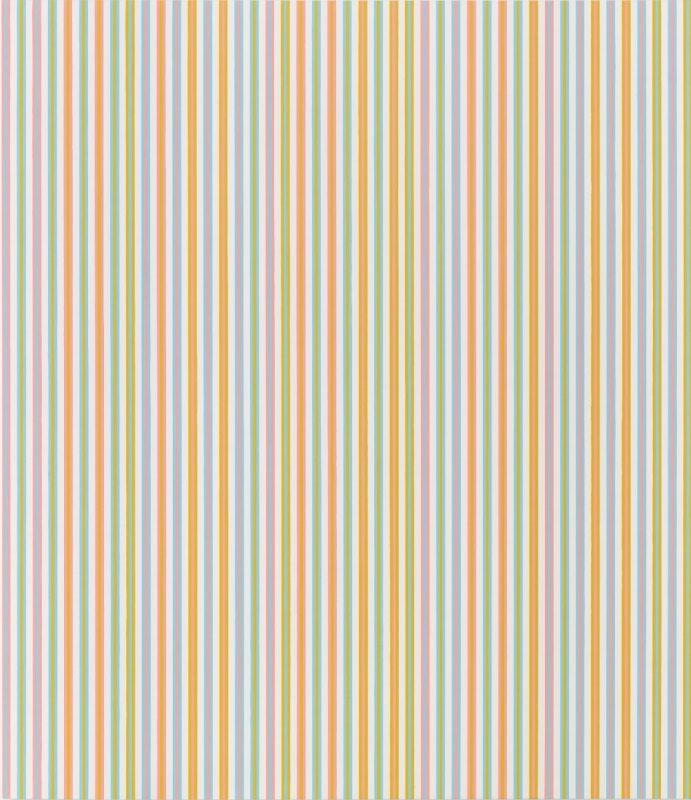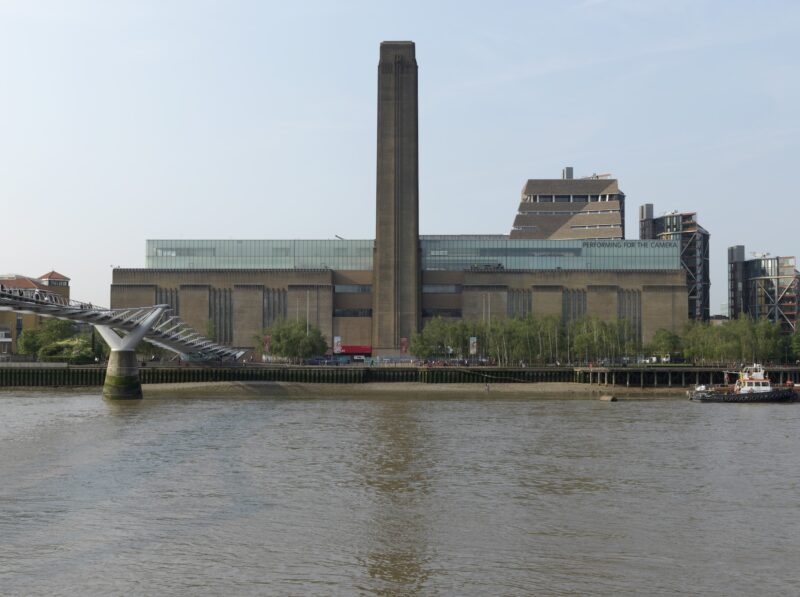This February, Marlborough Fine Art will present works by Victor Pasmore from 1960-70, using as a point of departure his major 1965 Tate exhibition.
Pasmore is now considered a pioneer of Britain’s abstract art movement, and one of the most prominent figures of post-war British art and architecture. Many of the works at Marlborough will be on show for the first time since the 1965 exhibition. The show will revisit the artist’s work, juxtaposing the paintings exhibited at the lauded Tate exhibition with others created around the time of that show.
 Remarkably, Marlborough will display a large-scale mural painting on linen which was, until this year, thought to have been destroyed after that 1965 show! The linen mural was created on-site, specifically for the Tate exhibition. As the catalogue raisonnè had it, ‘the Ural was destroyed right after.’ Rediscovered later last year, Marlborough’s display will be an unique occasion to admire this work.
Remarkably, Marlborough will display a large-scale mural painting on linen which was, until this year, thought to have been destroyed after that 1965 show! The linen mural was created on-site, specifically for the Tate exhibition. As the catalogue raisonnè had it, ‘the Ural was destroyed right after.’ Rediscovered later last year, Marlborough’s display will be an unique occasion to admire this work.
Pasmore started out creating figurative paintings and lyrical landscapes. From there, the artist arrived at his iconic abstract paintings and collages, and then again to his rigorously constructed reliefs. In the 1960s, his geometry softened, introducing curved lines and edges. He can be thus considered a precursor of that was to come. His work, in fact, reflects and anticipates the changes that occurred in art and art practice across the twentieth century.
 The artist keeps surprising the audience with his commixture of unconventional tools. He conveys his abstractions through sponge and spray paintings, or using vibrant and bold color palettes.
The artist keeps surprising the audience with his commixture of unconventional tools. He conveys his abstractions through sponge and spray paintings, or using vibrant and bold color palettes.
The exhibition will be accompanied by a fully illustrated catalogue with texts by Chris Stephens, director of the Holburne Museum of Bath.
Victor Pasmore: Space as Motif, Works from 1960 – 1970
Marlborough Fine Art, 22 February – 23 March 2019
